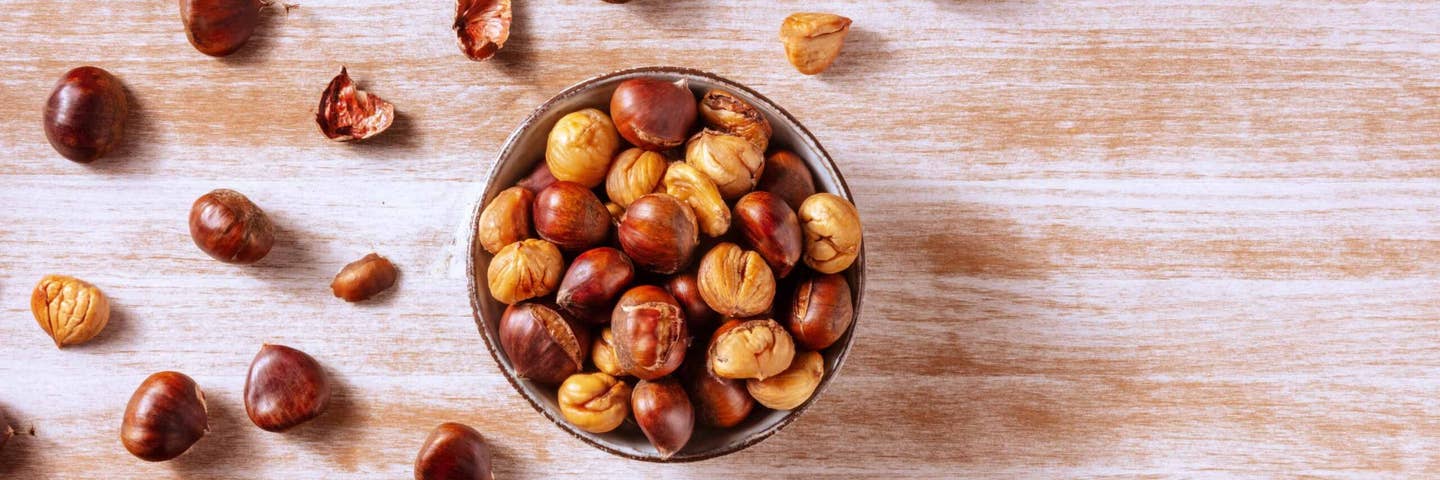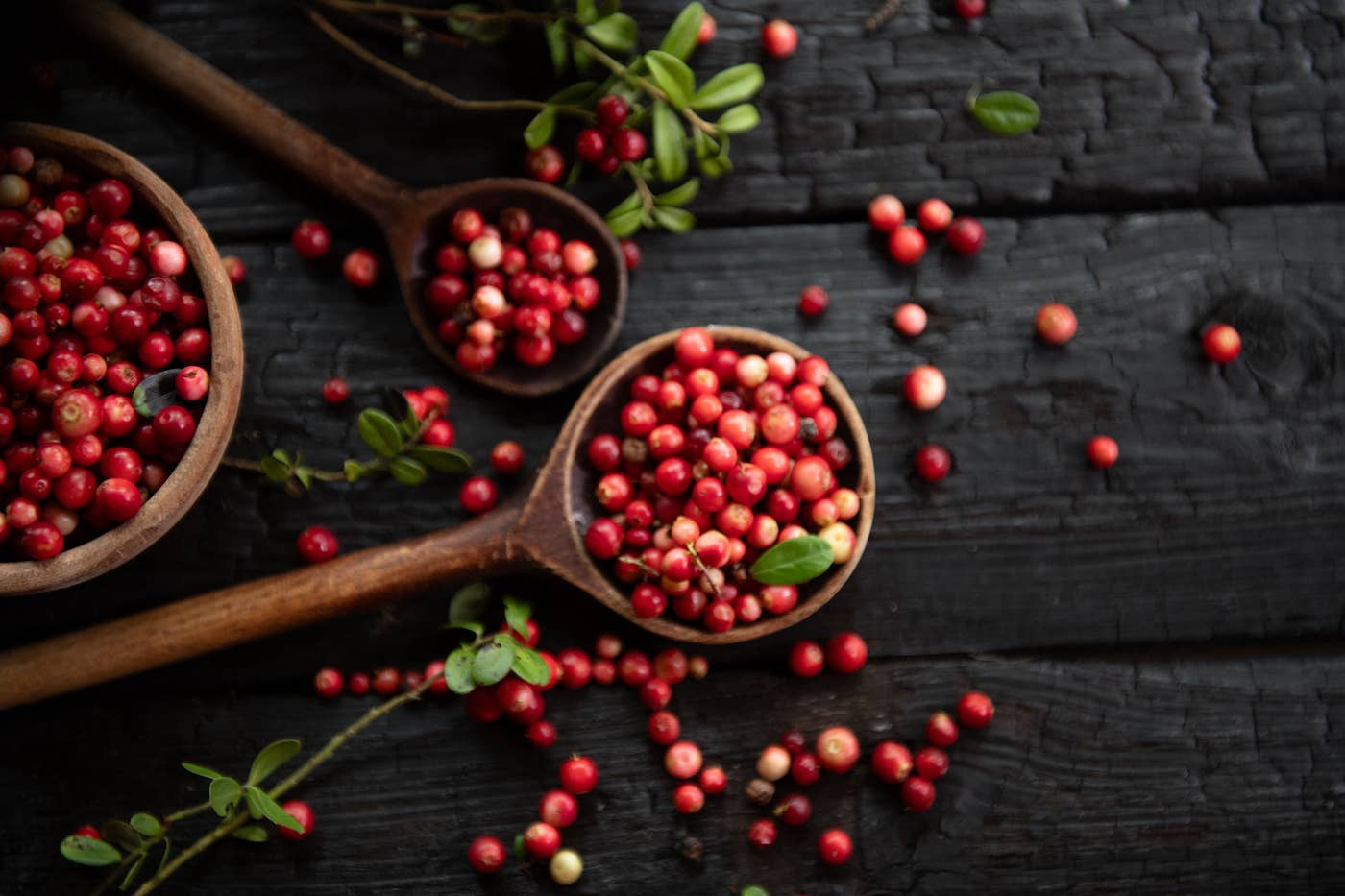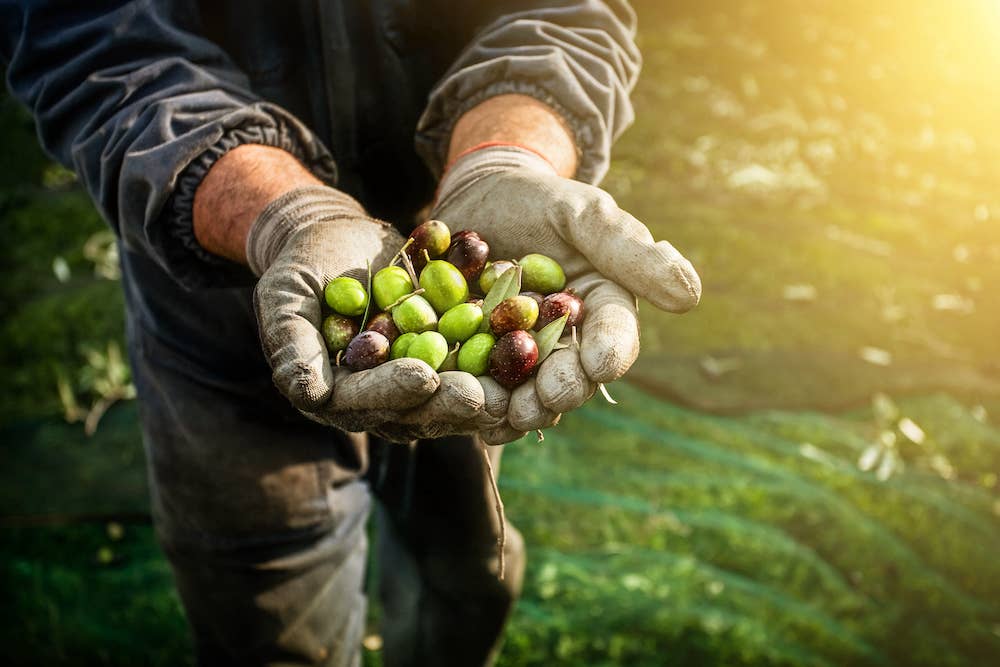By Ron Weiss, MD,
Last Updated:Spring has come to Ethos Farm, and the Jewish holiday of Passover is here. That’s my cue to go out into our vegetable production field to dig up horseradish root.
Known as Maror in Hebrew, Horseradish is the symbolic “bitter herb” eaten during the Passover Seder. For thousands of years, families and friends have gathered to participate in this ceremony in which we retell the story of the Hebrews’ enslavement and liberation from ancient Egypt—and eat a festive holiday meal.
The funny thing is that horseradish is not at all bitter; it’s actually very sharp, or hot, depending on your perspective. Nonetheless, when preparing and eating fresh horseradish, it can cause quite a bit of discomfort.
The Horseradish plant, Armoracia rusticana, is a perennial member of the cruciferous family of plants, which includes kale, broccoli, turnips, and mustards, among others. It is thought to be native to Eastern Europe and Western Asia and has been cultivated since ancient times. The uncut root is covered by a rough, brownish exterior and has no aroma whatsoever. However, once the root is peeled and the ivory flesh is exposed to the air, a chemical reaction occurs as the root's cells are broken, liberating volatile isothiocyanates (ITCs). These ITC molecules—common to the cruciferous family of plants and known to imbue the plants with anticancer properties—causes the burning sensation in our eyes and mucous membranes. The burning discomfort associated with horseradish can be so intense that it makes peeling even the sharpest, most offensive onion feel like child’s play. This is why some people prepare it outdoors, or at least under a ventilation hood. At the Passover table, the prepared horseradish is eaten together with Matzo, an unleavened flatbread. Beyond Passover, try it on sandwiches, or use as a dip in small doses. Due to its intense nature, horseradish is usually consumed in small amounts, as a condiment.
Here is my simple recipe for a delicious, magenta beet horseradish. The addition of beets tempers the intensity of the horseradish. If you prefer your horseradish white and straight up, stop after step 1.
"The Bitter Herb" Beet Horseradish Recipe
This recipe makes about 6½ cups of prepared horseradish, which is great if you're having a crowd over for the Seder or if you want to give some to friends. You can halve or even quarter the recipe for smaller yields.
Ingredients:
2 cups packed, finely grated peeled horseradish root (using a food processor in a well-ventilated area)
1½ cups distilled white vinegar, divided
3 cups finely grated cooked beets
Instructions:
1. Combine the grated horseradish with 1 cup vinegar. See Fun Facts below for a tip on how to control horseradish sharpness.
2. Add 3 cups of beets and mix well.
Fun Facts About Horseradish
• You can control the sharpness of horseradish during the preparation process by deciding when to add vinegar. Vinegar halts the chemical oxidation process which produces the volatile ITCs. For milder horseradish, add the vinegar immediately after grating the root; for more potent horseradish, wait 5 to 10 minutes before adding the vinegar.
• Prepared horseradish will keep for weeks in the refrigerator, but it will become milder as the volatile ITCs dissipate. Eat it within a week for greatest potency.
• You know the wasabi you eat in Japanese restaurants? It is most likely ground horseradish root colored with green food dye. True wasabi root, a relative of horseradish root, only grows in cold, clear running mountain stream beds, and a single kilogram can sell for $160, wholesale.
• It’s easy to grow your own horseradish—too easy, in fact. Known for becoming invasive, the plant’s long taproots are difficult to completely dig up from the ground, much like dandelions. If you leave one little piece in the ground, new plants will sprout and spread, taking over your entire garden if you’re not careful.
• Are horseradish leaves edible? Reportedly, yes! The luxurious, elongated leaves can be eaten. However, I must warn you, our farmer Nora Pugliese and I tasted a small amount of raw horseradish leaf about two years ago and became intensely nauseated. My queasiness lasted for a couple of hours, and Nora's lasted the entire day.
• Collinsville, Illinois, is the self-proclaimed horseradish capital of the world, and rightly so. With its potash-rich soils, this area produces about half of the world's horseradish crop. If you're up for a road trip, the 30th annual International Horseradish Festival will be held in Collinsville June 3–4, 2022.
Related News
Try Our Top-RatedMeal Planner Free

Forks Meal Planner takes the hard work out of making nutritious meals the whole family will enjoy.
SAVE $200 ON OUR ULTIMATE COURSE

Join our best-selling course at a new lower price!





